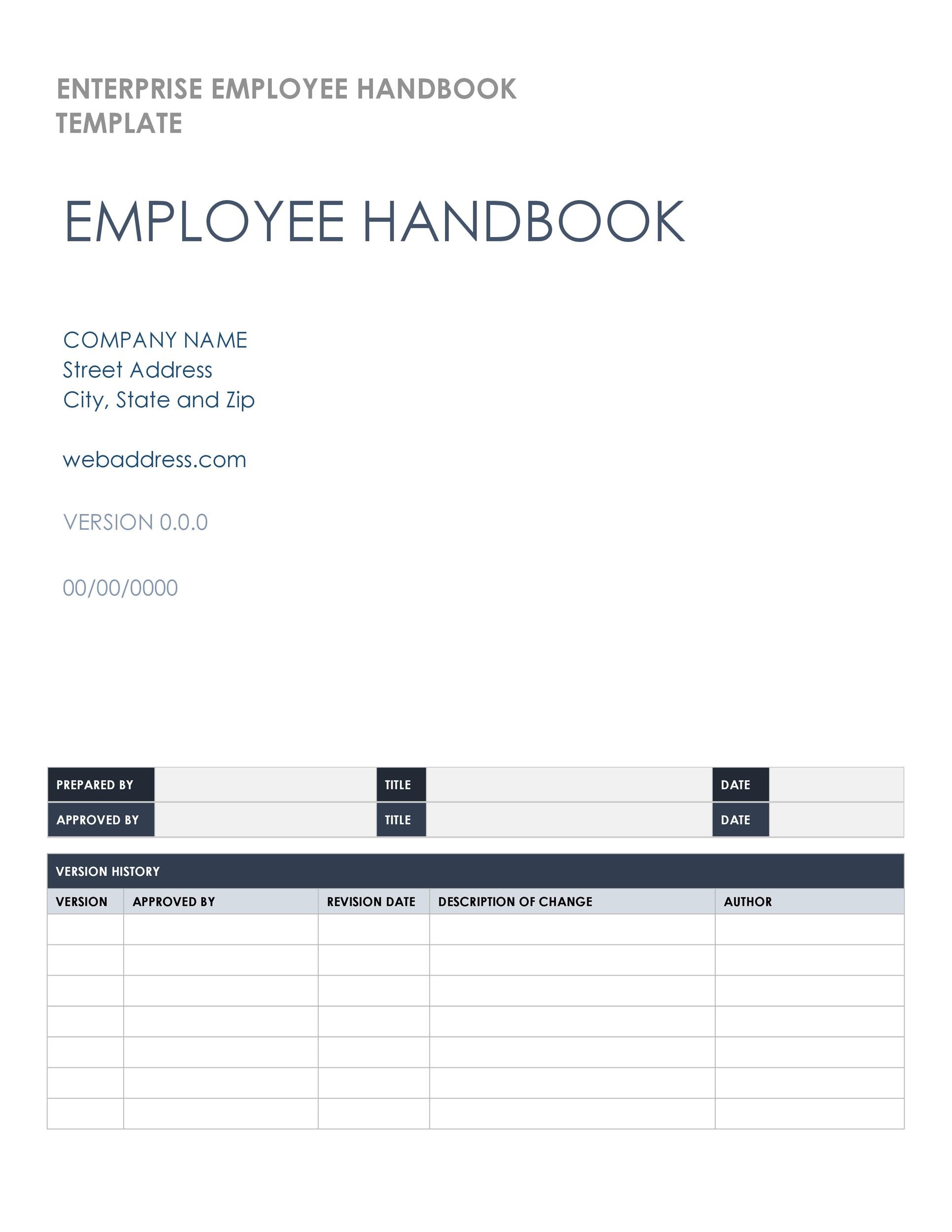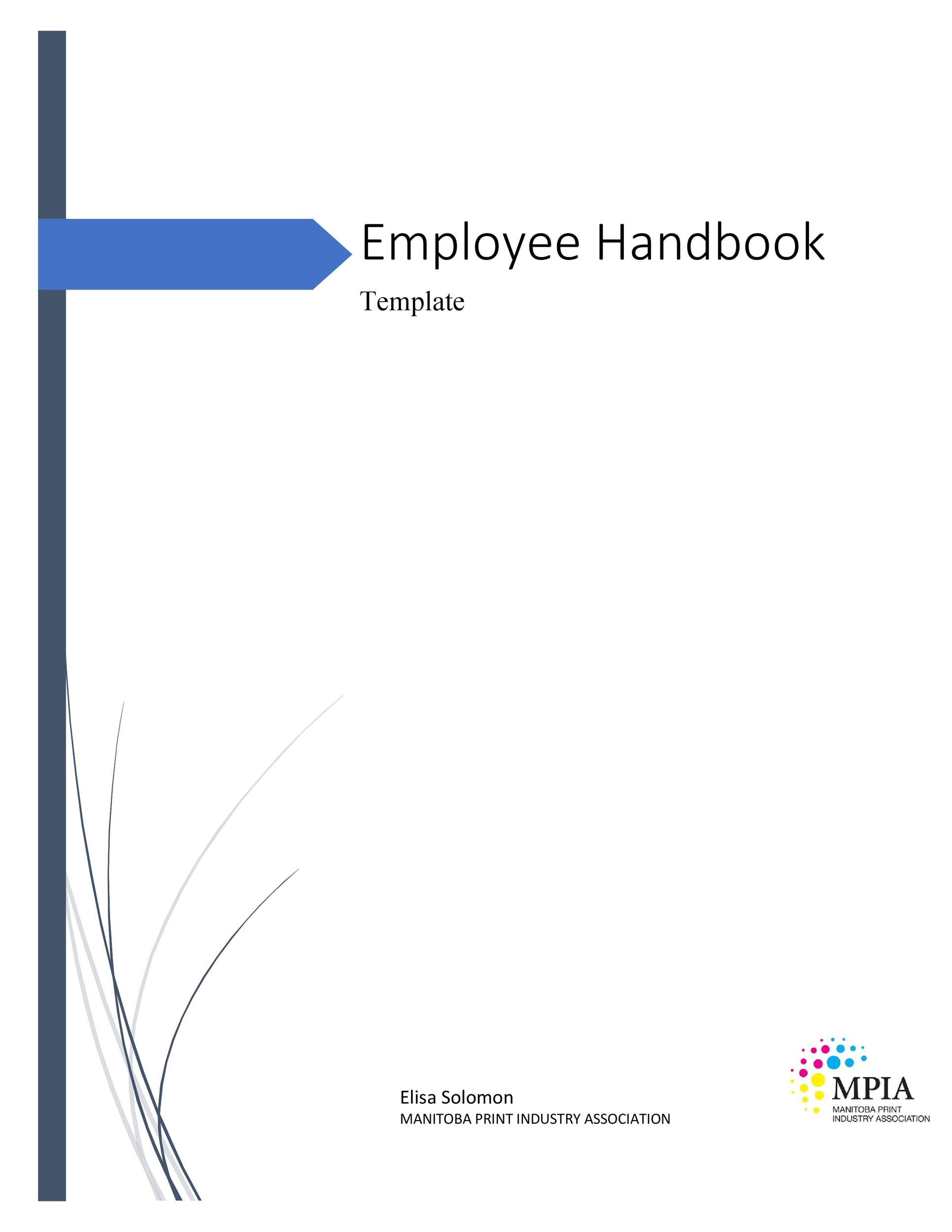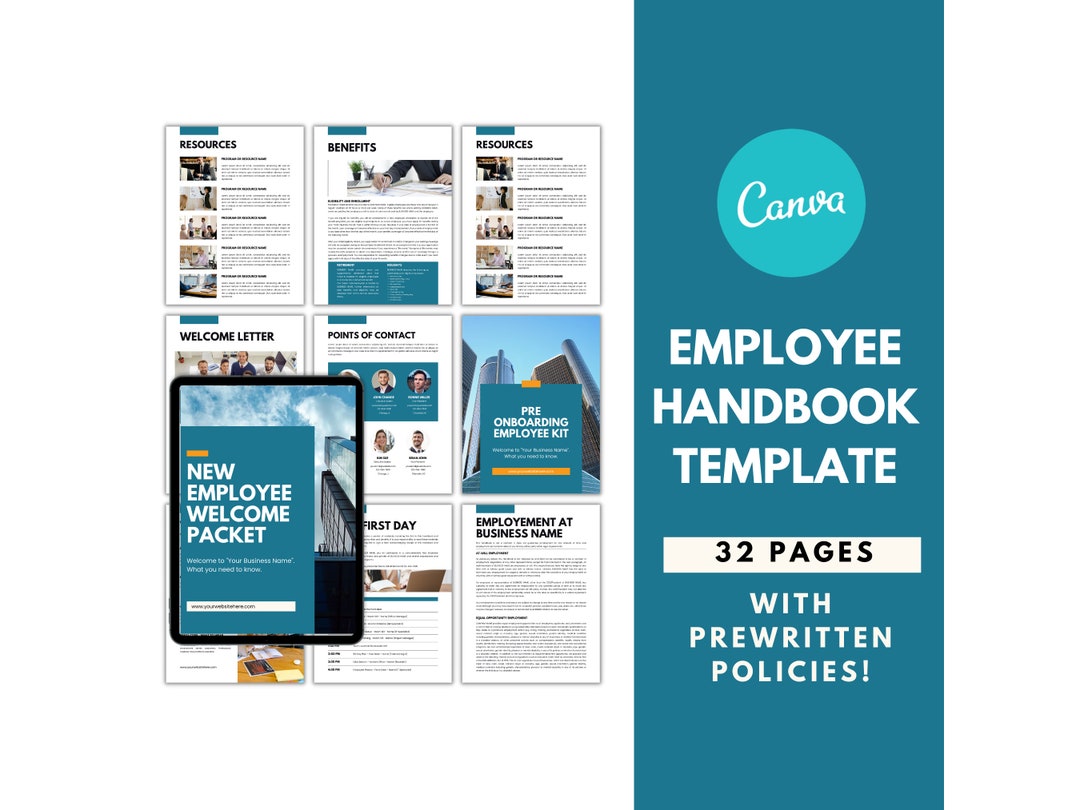
As a business owner or HR manager, creating a comprehensive employee handbook is crucial for outlining company policies, expectations, and procedures. A well-structured handbook not only helps new employees navigate the organization but also ensures that all staff members are on the same page. In this article, we'll explore the importance of employee handbooks, discuss key components, and provide links to useful templates and examples.
Why is an Employee Handbook Important?
An employee handbook serves as a vital resource for both employees and employers. It provides a clear understanding of the company's mission, values, and culture, while also outlining essential policies and procedures. A good handbook can help:
Reduce misunderstandings and miscommunications
Increase employee engagement and productivity
Ensure compliance with labor laws and regulations
Foster a positive and inclusive work environment
Key Components of an Employee Handbook
When creating an employee handbook, there are several key components to include:
Introduction to the company: Mission statement, history, and values
Employment policies: Hiring, promotion, and termination procedures
Workplace expectations: Code of conduct, attendance, and performance standards
Benefits and compensation: Salary, benefits, and time-off policies
Health and safety: Emergency procedures, workplace hazards, and employee well-being
Useful Employee Handbook Templates and Examples
To help you get started, here are some links to useful employee handbook templates and examples:
SHRM Employee Handbook Template
Workable Employee Handbook Template
Gusto Employee Handbook Template
Inc.com Employee Handbook Template
These templates and examples provide a solid foundation for creating a comprehensive employee handbook. Remember to tailor your handbook to your company's specific needs and ensure that it is regularly updated to reflect changes in policies and procedures.
Best Practices for Creating an Employee Handbook
When creating an employee handbook, keep the following best practices in mind:
Keep it concise and easy to understand
Use clear and simple language
Include visual aids and examples
Make it easily accessible to all employees
Review and update regularly
By following these best practices and using the provided templates and examples, you can create an effective employee handbook that supports your company's growth and success.
In conclusion, an employee handbook is a vital resource for any organization. By providing a clear understanding of company policies, expectations, and procedures, you can foster a positive and productive work environment. Use the links provided to explore useful templates and examples, and remember to tailor your handbook to your company's unique needs. With a well-structured employee handbook, you can ensure that your employees are equipped to succeed and that your company is well-positioned for growth and success.









